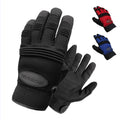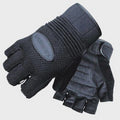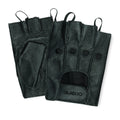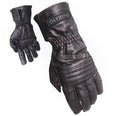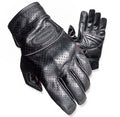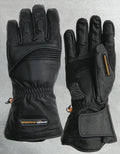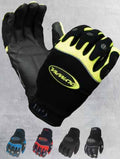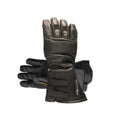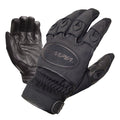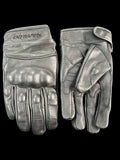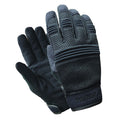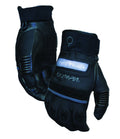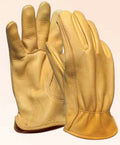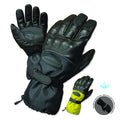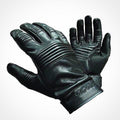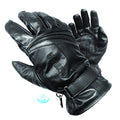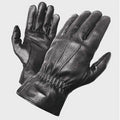Strategic Sourcing: Keeping Glove Prices In Line When Costs Rise
Posted by ROGER HEUMANN
The past few weeks have seen some dramatic trends for importers and sourcing professionals.
The Chinese currency (RMB) has fallen steadily over the past year, reaching a 12-month low against the dollar in March.
On the other hand, leather prices — a main material in many of our products — have been rising steadily.
In fact at the APLF this week, that’s all anyone talked about.
In the face of cost volatility, what can we do to manage margins and profitability? How should it impact our planning?
Let’s take a closer look at what these changes mean for our customers.
Managing Higher Leather Costs
If you buy leather gloves or any other leather-based product, you know that the cost of hides has been rising steadily. 2014 has brought us to the highest leather prices in several years.
Indeed, some of you may be at the APLF (Asia Pacific Leather Fair) at this very moment looking for new sources of leather and other substitute materials!
We have written about strategies to mitigate increasing hide costs in the past, most recently,“Glove Supplier Challenges: Leather Prices Continue to Rise”.
The name of the game remains cost management via sourcing alternative leathers, innovative materials, and efficiency gains.
Latest Trend: Strengthening Dollar
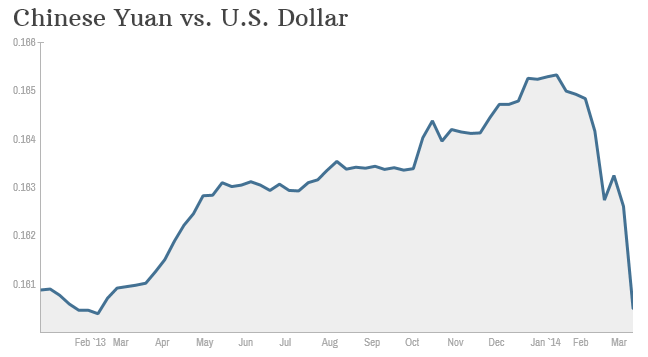 Now, a more complex question: how do recent currency changes impact glove prices? The answer is: it depends!
Now, a more complex question: how do recent currency changes impact glove prices? The answer is: it depends!
On the one hand, importers on this side of the world may look to use currency strength to ask for price adjustments. But when it comes to the supply chain, things are not always as simple as they first appear.
For instance if Asia tanneries are buying US cowhide for use in making leather for gloves, their costs just got a whole lot more expensive!
The good news? A weaker RMB is really helping Chinese factories offset the unfavorable trend if increasing labor rates and materials cost increases. It is an important offsetting factor for price stability.
We should not over-react to this currency change, but keep it in perspective as one of many factors in the cost equation, more intended to discourage currency speculation than any longer term macro trend.
(for more detail “Chinese Renminbi Tumbles” in the Sourcing Journal is a good read).
Strategic Sourcing: Managing for the Longer Term
The supply chain is complex, and if have learned anything over the years, it’s that a favorable variance in one place may have an offset elsewhere – as in this case, when currency turns favorable but leather prices or labor rates unfavorable.
When prices go up, it’s natural to stay nimble and look for alternatives. Labor goes up — what other countries can we manufacture in? Cowhide prices go up – what substitutes are there? And so on …
Your supply chain partners can and should manage cost — price stability is an important goal for any manufacturer or merchant, and we are on it!
Perhaps a better question is, where do we have the most leverage?
To answer that question, lets look at another piece of the process with a much larger potential impact than any short term cost management strategies we could employ.
Product Innovation and Pricing Power
While we can’t control macro trends in currency or raw material prices, product development and smart merchandising are two factors we CAN control.
What can we do to stimulate customer demand? What new materials and product innovations will excite target customers?
Let’s focus on a strong product plan and merchandising strategy:
-
- Topline sales growth and strong consumer demand gives you pricing power and economies of scale, and is the best guarantor of profitability in the long term.
By understanding our target customer, and delivering the right product and selection, the rest will take care of itself.
Glove Sourcing Checklist: 10 Questions To Ask Your Glove Supplier
If you like this post. you might also like:
If you are planning to outsource your glove manufacturing, learn which questions to ask a prospective glove supplier: download our free Glove Sourcing Checklist below.
TAGS:



